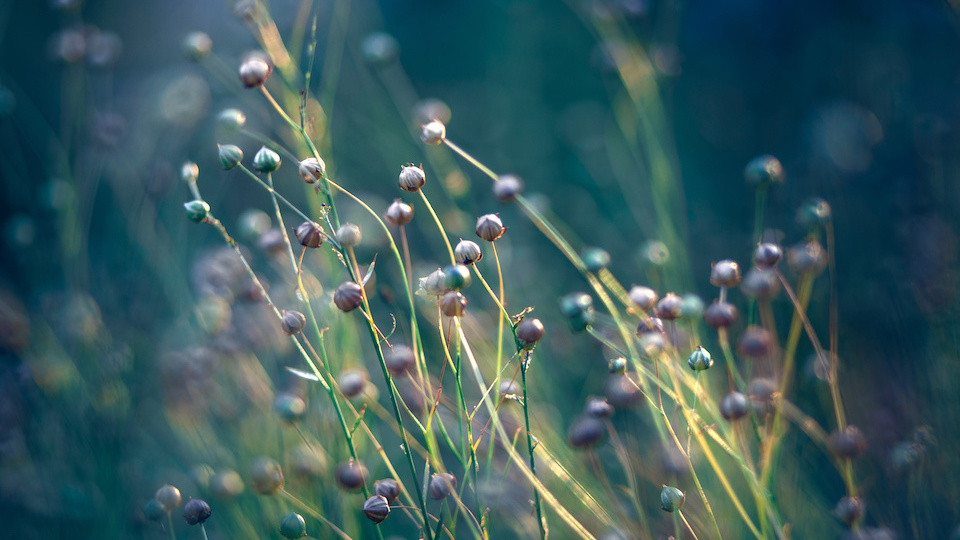Flaxseeds are incredibly healthy, and are often towards the top of lists of the healthiest seeds, right along with chia and hemp. They are loaded with omega 3 fatty acids, proteins, dietary fibers, vitamins of the B group, and minerals such as magnesium, phosphorus, and zinc. If you’re looking to add a new crop to your garden this season and grow your very own flax, this article will help you get started.
How to grow flax
Starting: Start seeds indoors 6-8 weeks before the last expected frost date. You can also choose to direct seed. If so, rake the soil and broadcast the tiny seeds in your desired planting area. Sow about 1 tablespoon of flaxseeds per every 10 square feet of soil space. Tamp the soil down lightly and water thoroughly. It will thrive best when planted in early spring as soon as the ground can be worked
Light: Plant in an area that receives full, bright sunlight.
Soil: Flax will thrive in average to sandy well-draining soil. Avoid planting it in clay or a boggy, moist area. It will do best if you mix a good amount of compost or other organic material into the soil; however, flax is hardy and doesn’t need a ton of extra nutrients.
Spacing: If you are planting seedlings that you started indoors, plant them fairly close together, but keep in mind that it will spread naturally through seed dispersion so your flax will cover a large area if left to go to seed at the end of the season.
Water: Water regularly as the plants are getting established, but once they’ve put down roots, you can water sparingly or only in cases of windy or dry weather.
Weeding: Since flax are so hardy, the mature plants will usually choke out any weeds that try to breakthrough. When the sprouts are first coming up, be sure to carefully hand weed to ensure that they will receive proper nutrients.
Pests and problems: It is difficult to find a more low maintenance crop than flax. Though rabbits may occasionally nibble at the leaves, these useful plants don’t attract other pests or diseases. However, when the plants are seedlings, they may be eaten by slugs or birds. If you have trouble with this, install netting to protect the baby flax. Occasionally heavy wind or rain will knock down the delicate stalks and hamper further growth. Simply encourage the stalks to grow upright again by straightening them out with the tines of a garden fork or propping them up by hand.
Fertilizer: Flax will actually grow better if it is left alone and not fertilized. If you used quality soil with organic material, to begin with, the plants will have plenty of nutrients to feed off of.
Companion planting: This plant will do well when grown close to other core crops such as potatoes and carrots. Keep your veggie garden stocked with these three plants, and you will be able to store tons of food for the winter season.
Harvest: Harvesting flaxseeds is actually fairly simple. Instead of trying to pluck off the seed pods individually, pull up the entire plant by the roots, and hang it upside down to dry for three to five weeks. Be sure to keep it in a dry area such as a basement or attic. If you plan to harvest the seeds, the best time to do so is usually about four months after planting. Flaxseeds can be eaten, replanted in the spring, or turned into linseed oil
Removing the seeds from the hard pods maybe a little difficult as the pods are incredibly resilient, even once completely dry. One effective method involves placing the dried pods into a pillowcase and pounding it against pavement or beating them through the fabric with a block of wood or other hard, heavy object. Once you have completed this step, sift through the seeds using a colander.
Keep in mind, flax can also be used for the fiber in its stalks to make linen fabric. However, if you intend to use your flax for fiber, you will want to harvest it about a month before the seeds are ready, for optimal quality. Therefore, it is important to determine how you want to use your flax before harvest season rolls around as you cannot use it for seeds and fiber.
-Susan Patterson



